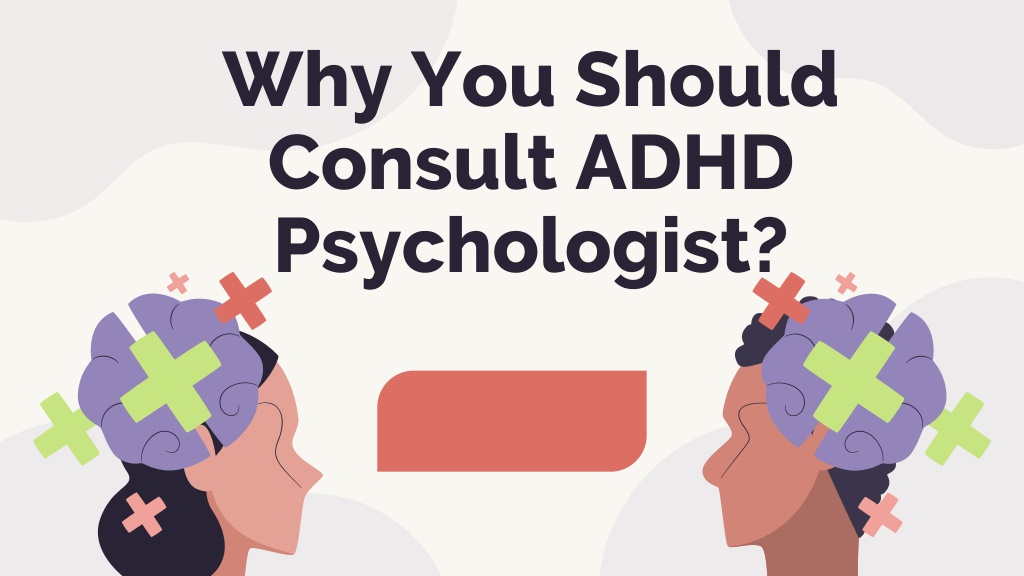


Consequences for not completing the said project could possibly be the least motivating of the three. In fact, we are very, very intrinsically motivated. Rewards don’t carry much weight either, such as grades, paychecks, promotions, or even praise, as we are not extrinsically motivated. We are also not overly responsive to scarcity commentary (aka time sensitivity), unless we are about to purchase a brand new sexy red Jeep and there is someone right behind us ready to take it for a test drive. The NT’s (neurotypicals) will get a move on when they are made aware by a parent, partner, or boss that the task is important for a project and time-sensitive. The majority of the neurotypical world is motivated by three things: importance, rewards, and consequences. To begin, there is quite a difference in how those of us in the Fast Mind Club (ADHD) are motivated. And, we have a surplus of attention, not a deficit.
#Adhd stands for full
In order to make sure your child reaches his or her full potential, it is very important to get help for ADHD as early as possible.Our executive functioning systems are wired differently, which means that how we manage our abilities to concentrate, engage, plan, organize, control impulses, and express emotions will also look different. The National Resource Center on ADHD operates a call center (1-86) with trained staff to answer questions about ADHD. Their web site has links to information for people with ADHD and their families. The Centers for Disease Control and Prevention (CDC) funds the National Resource Center on ADHD : A Program of CHADD – Children and Adults with Attention-Deficit/Hyperactivity Disorder. Up until a few years ago the correct way of presenting both of these was ADD/ADHD, as an individual either had one or. It was originally just ADD for attention deficit disorder, but it was changed when hyperactivity was seen to be an important part of the disorder. To find help in your area, look for the closest Parent Center. Clinically speaking, ADHD stands for attention deficit hyperactivity disorder. If you or your doctor has concerns about ADHD, you can take your child to a specialist such as a child psychologist or developmental pediatrician, or you can contact your local early intervention agency (for children under age 3 years) or public school (for children age 3 and older). Good treatment plans will include close monitoring, follow-ups, and making changes, if needed, along the way. What works best can depend on the child and family. For preschool-aged children (4-5 years of age) with ADHD, behavior therapy, particularly training for parents, is recommended as the first line of treatment. In most cases, ADHD is best treated with a combination of behavior therapy and medication. School accommodations and interventions.Behavior therapy, including training for parents.Treatment for ADHDĪDHD can be successfully managed. Another part of the process may include a checklist for rating ADHD symptoms and taking a history of the child from parents, teachers, and sometimes, the child. One step of the process involves having a medical exam, including hearing and vision tests, to rule out other problems with symptoms like ADHD. There is no single test to diagnose ADHD, and many other problems, like anxiety, depression, sleep problems, and certain types of learning disabilities, can have similar symptoms. Diagnosis of ADHDĭeciding if a child has ADHD is a process with several steps. Learn about symptoms of ADHD, how ADHD is diagnosed, and treatment recommendations including behavior therapy, medication, and school support.


 0 kommentar(er)
0 kommentar(er)
